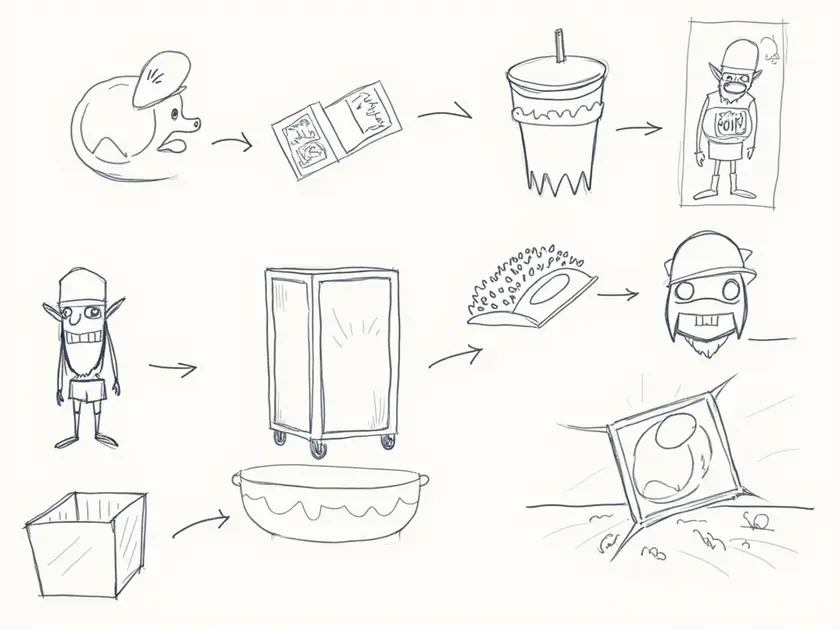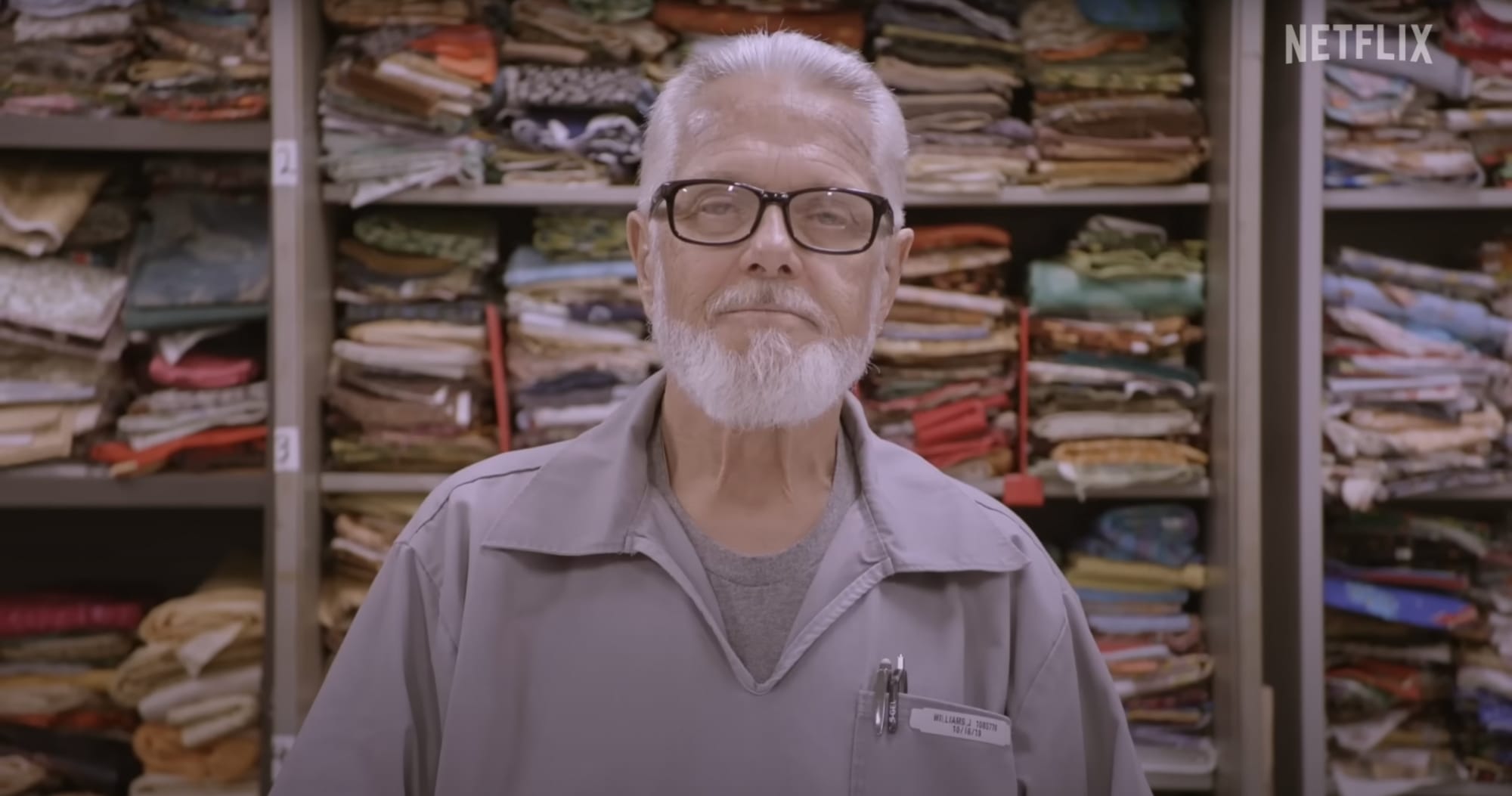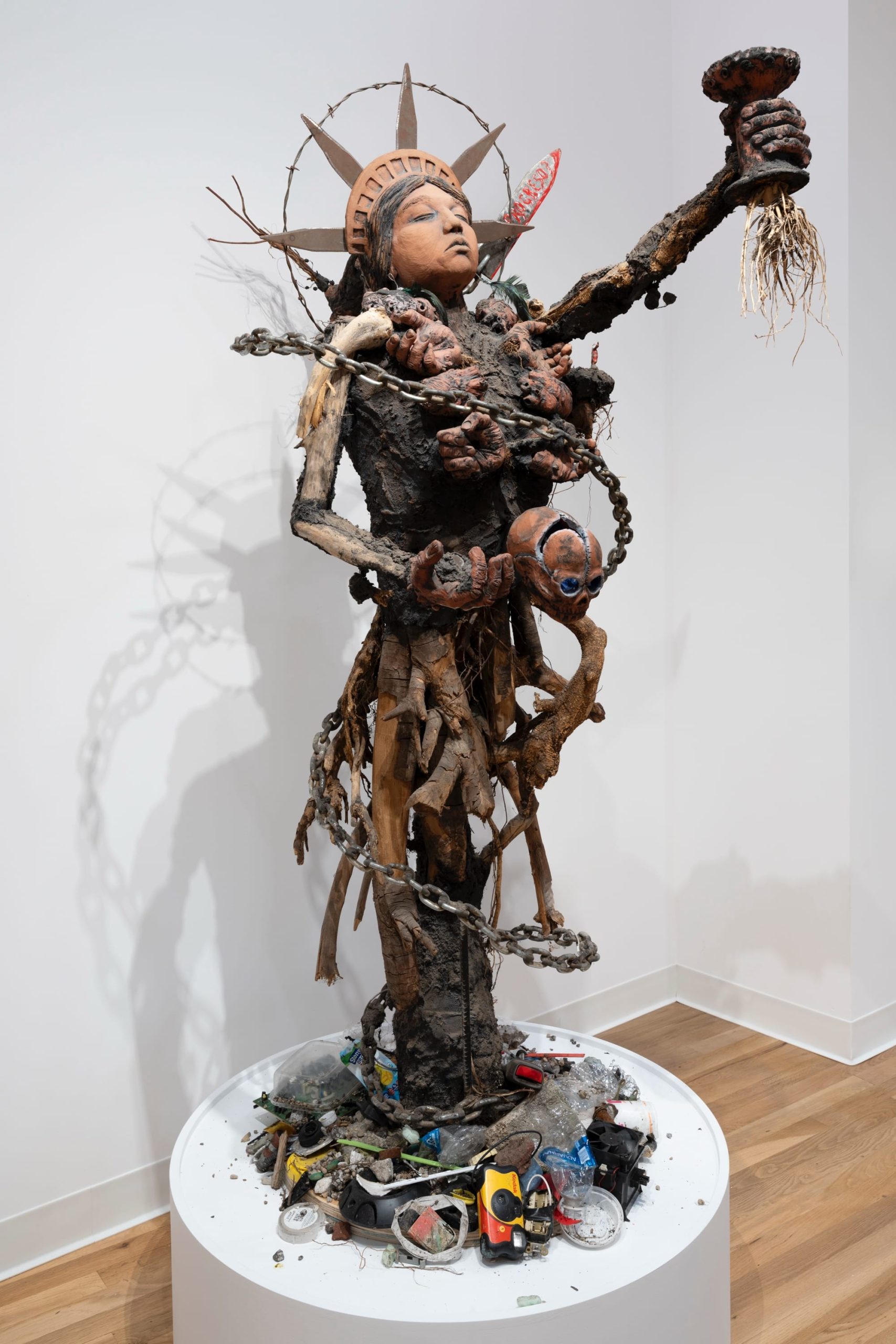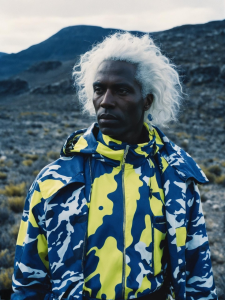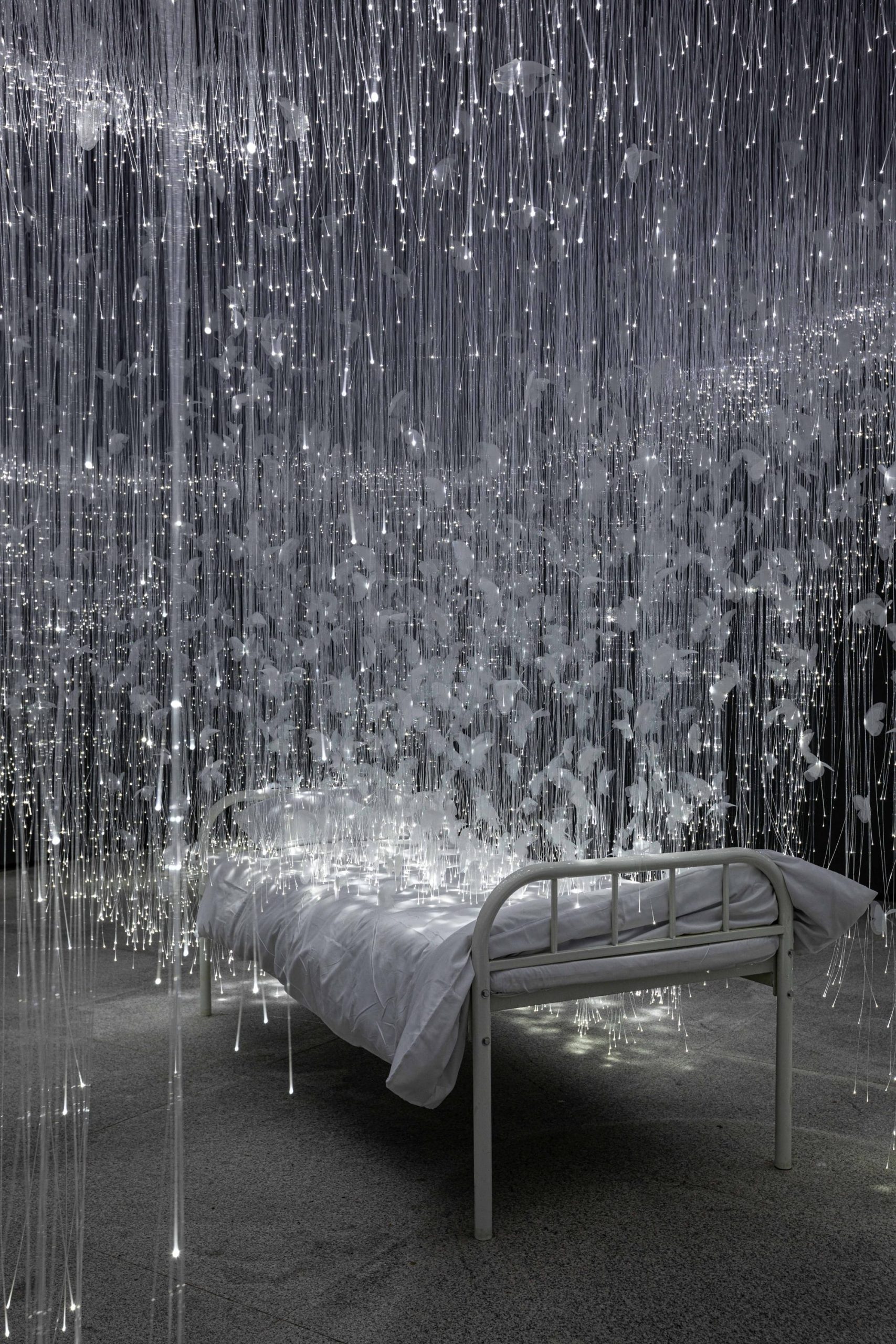Creative Process: From Concept to Final Artwork
Embarking on a creative journey from the initial spark of an idea to the polished final artwork is a captivating process that involves a series of intricate steps. Understanding the concept behind the art, nurturing ideas, and meticulously refining the final piece are all vital components in bringing artistic visions to life. In this article, we will delve into the fascinating world of creativity and explore the steps involved in transforming a mere concept into a masterpiece.
Understanding the Concept Behind the Art
Art is a form of expression that allows artists to convey their thoughts, emotions, and perspectives through various mediums.
- Creativity: The foundation of art lies in creativity, where artists use their imagination to create unique and original pieces.
- Inspiration: Artists often draw inspiration from their surroundings, experiences, and emotions to develop their artistic concepts.
- Concept Development: Before starting a new artwork, artists spend time conceptualizing their ideas, exploring different themes, and deciding on the message they want to communicate.
- Symbolism: Artworks often contain symbolic elements that convey deeper meanings and provoke thought and emotions in the viewer.
Understanding the concept behind the art is essential for both the artist and the audience to appreciate the creative process and the message conveyed through the artwork.
Developing Ideas and Bringing Them to Life
When it comes to developing ideas for artwork, it’s essential to let your creativity flow freely. Allow yourself to explore different concepts, themes, and styles without limitations. This initial stage is where the magic begins.
Once you have a pool of ideas to work with, it’s time to bring them to life. This involves sketching, experimenting with colors, and trying out various techniques to see which ones best capture your vision. Don’t be afraid to make mistakes – they often lead to unexpected discoveries.
Exploring Inspiration Sources
- Immerse yourself in various art forms, such as paintings, sculptures, and photography, to draw inspiration.
- Take walks in nature, visit museums, or browse online galleries to spark new ideas.
- Keep a sketchbook handy to jot down thoughts, sketches, and any sudden bursts of inspiration.
Collaborating and Seeking Feedback
Don’t hesitate to collaborate with other artists or seek feedback from friends, family, or mentors. External perspectives can offer valuable insights and help you refine your ideas further.
Experimenting with Different Mediums
Explore various mediums, such as acrylics, watercolors, oils, or digital tools, to see which ones resonate with your artistic vision. Each medium has its unique characteristics that can enhance the storytelling in your artwork.
Remember, the process of developing ideas and bringing them to life is a journey filled with exploration, experimentation, and creative breakthroughs. Embrace the challenges and enjoy the evolution of your artwork from concept to reality.
Refining and Perfecting the Final Artwork
Once the initial concept has been developed and the ideas have been brought to life, the next step is refining and perfecting the final artwork. This stage is crucial in ensuring that the artwork meets the desired standards and effectively communicates the intended message.
Seeking Feedback
One of the key aspects of refining the final artwork is seeking feedback from peers, mentors, or clients. Constructive criticism can provide valuable insights and help identify areas that may need improvement.
Making Iterations
Based on the feedback received, it is important to make iterations to the artwork. This may involve tweaking the composition, adjusting the color palette, or refining the details to enhance the overall impact.
Attention to Detail
During the refining process, paying attention to detail is essential. This includes ensuring that the elements are cohesive, the typography is consistent, and the overall composition is visually appealing.
Finalizing the Artwork
Once the necessary adjustments have been made, the final step is to finalize the artwork. This involves making any last-minute refinements, preparing the artwork for presentation or publication, and ensuring that it is ready for the intended audience to appreciate.

